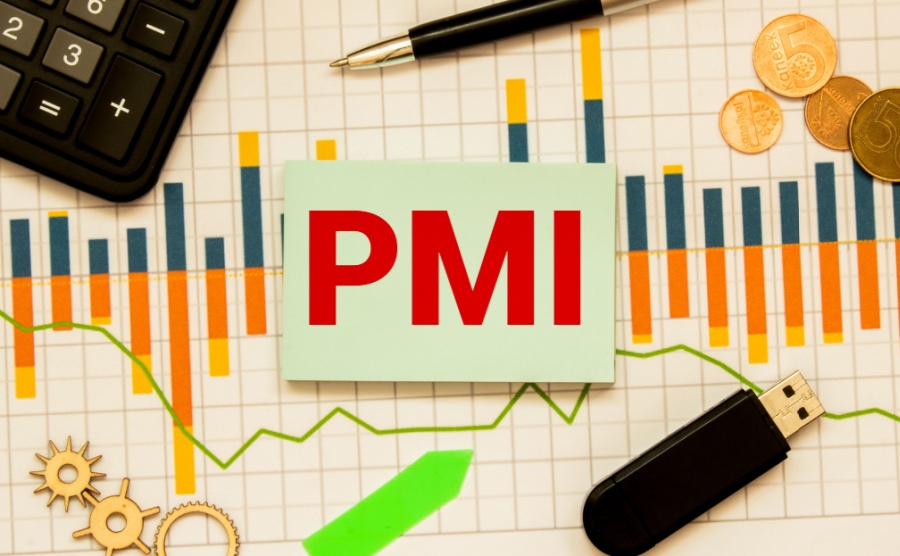What is a Purchasing Managers’ Index, or ‘PMI’, and why can it impact currency movements? We explain more about this type of data and why it’s such a useful indicator of how economies are performing.
What is a PMI?
Within our articles and currency notes, we often refer to economic data releases, which serve as indicators of how economies are faring. These can include anything from retail sales figures to employment data. However, a key release that we frequently mention is the Purchasing Managers’ Index or PMI.
PMIs summarise whether market conditions, as viewed by purchasing managers, are expanding, staying the same, or contracting. This gives an indication of current and future business conditions, economic trends within certain sectors and how economies are performing.
The data is gathered through a monthly survey, which is sent to managers across several industries and includes basic questions such as ‘has income gone up, sideways or down?’ Our very own CEO, Charles Purdy, is one of the managers that takes part.
What is a purchasing manager?
Essential it just means business bosses, but in some businesses and industries it will be those in particular who spend money. The ones who plan, direct and coordinate the buying of things that their businesses need, such as materials, products, or services.
The businesses themselves may be wholesalers, retailers or service providers; the responsibilities of a purchasing manager varies between industries.
What does the data mean?
PMI is presented as a single number – e.g. UK Services PMI came in at 51.8 in October 2024. If the number is over 50, this shows the sector is expanding and indicates overall business optimism. If it’s below 50, that sector is contracting and business leaders are pessimistic.
‘Flash’ PMIs are an early estimate, based on about 85% to 90% of the total survey data. It is, therefore, an accurate advance indication of the final PMI data.
What are the different types of PMI and how are they calculated?
PMI is gewneraly divided into three main types of PMI, looking at three different sectors, plus an overall or ‘composite’ result.
Manufacturing PMI
Manufacturing PMI is derived from a survey of 600 industrial companies to measure the performance of the manufacturing sector. It is based on five individual indexes which count towards the overall figure with different percentages. They are New Orders (30%), Output (25%), Employment (20%), Suppliers’ Delivery Times (15%) and Stock of Items Purchased (10%).
Services PMI
Services PMI is collated through data from companies in the transport and communication sector, financial intermediation, business services, personal services, computing and IT and hotels and restaurants. The index tracks several variables, such as sales, employment and prices. Smart Currency Exchange is included in this data.
Construction PMI
Construction PMI is collected from surveys of over 170 construction companies. It covers several divisions, such as commercial work, housebuilding and civil engineering.
How do PMIs impact currencies?
PMIs serve as an indicator of how an economy is performing. Surveying managers in different sectors can build up a picture of how these sectors are faring and how they may fare in the near future.
Currencies, especially the likes of the pound and euro, often react to economic news. This means that the PMIs can sometimes have an impact on them.
For example, the UK’s Services PMI reading in October 2024 was 51.8, which was a reduction form the 52.4 the previous month. It was also less than expected by the markets. Overall, that’s a cause for concern. Meanwhile Germany’s most important measure, Manufacturing PMI, grew from 40.6 in September to 42.6 in October; an improving picture. Investors took note of this and the result was an immediate drop of around 0.3% in GBP/EUR.





















